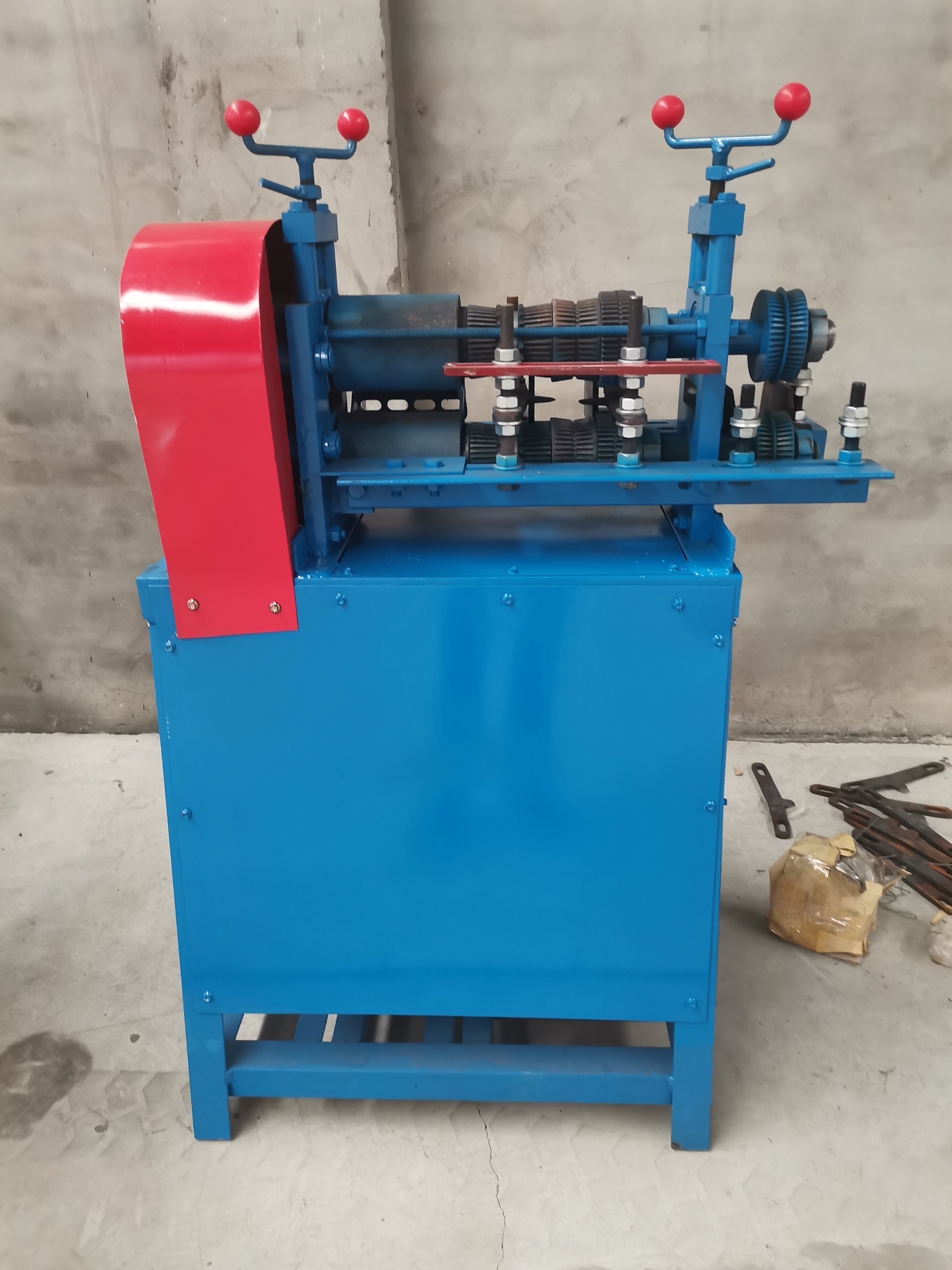

Out . 22, 2024 05:49 Back to list
The Importance of Iron Recycling Plants
Iron recycling plants play a crucial role in the sustainable management of metal resources and the reduction of environmental impacts associated with iron production. As one of the most widely used metals globally, iron is a fundamental component in numerous industries, including construction, automotive, and manufacturing. However, the extraction of iron ore and its subsequent processing can be energy-intensive and environmentally damaging. This is where iron recycling becomes invaluable.
Recycling iron involves collecting scrap metal from various sources, such as old vehicles, appliances, and construction materials. Once collected, this scrap is transported to recycling plants, where it undergoes a series of processes to remove contaminants and prepare it for reuse. The benefits of recycling iron are manifold, starting with the conservation of raw materials. By reprocessing scrap metal, we can significantly reduce the demand for virgin iron ore, which helps preserve natural resources and reduces the ecological footprint of mining operations.
Furthermore, iron recycling is energy-efficient. The production of new iron from recycled materials requires significantly less energy compared to extracting iron from ore. Studies have shown that recycling scrap iron can save up to 75% of the energy needed for traditional iron production. This translates into a substantial reduction in greenhouse gas emissions and other pollutants that contribute to climate change and air quality degradation.

In addition to environmental benefits, iron recycling plants also stimulate economic growth. These facilities create jobs in collection, processing, and distribution, thereby supporting local economies. The scrap metal industry is a dynamic sector that not only fosters employment but also contributes to the overall economy by providing a steady supply of recycled materials to manufacturers.
Moreover, iron recycling helps to reduce waste in landfills. Many discarded products contain valuable iron that would otherwise contribute to landfill overflow. By diverting this metal from waste streams and recycling it, we are participating in an essential circular economy, where materials are reused and reprocessed, thus minimizing waste and promoting sustainability.
To maximize the impact of iron recycling, public awareness and participation are vital. Educating communities about the benefits of recycling and encouraging proper disposal of iron-containing products can lead to higher recycling rates. Additionally, policies that support recycling initiatives, such as incentives for businesses that utilize recycled materials, can drive more significant advancements in the sector.
In conclusion, iron recycling plants are integral to achieving sustainable development goals. They not only conserve natural resources and reduce energy consumption but also contribute to economic growth and waste reduction. As we continue to face environmental challenges, the importance of recycling iron and other metals cannot be overstated, and it is essential for individuals and governments alike to support this crucial process for a greener, more sustainable future.
Latest news
Troubleshooting Common Eddy Separator Problems
NewsJul.04,2025
The Role of Metal Recycling Plants in Circular Economy
NewsJul.04,2025
The Impact of Recycling Line Pickers on Waste Management Costs
NewsJul.04,2025
Safety Features Every Metal Shredder Should Have
NewsJul.04,2025
How Industrial Shredders Improve Waste Management Systems
NewsJul.04,2025
How Cable Granulators Contribute to Sustainable Recycling
NewsJul.04,2025